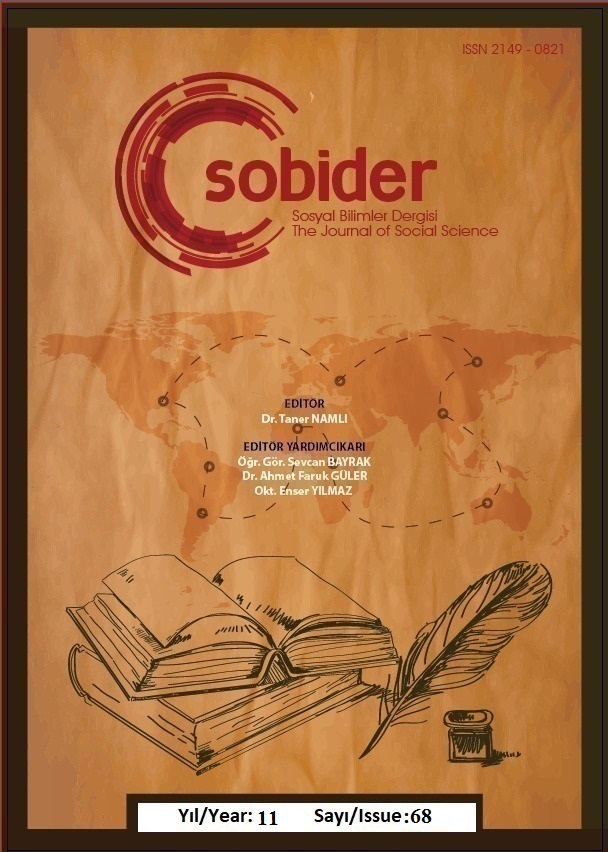Author :
Abstract
Osmanlı kültüründe önemli bir konuma haiz olan çeşme mimarisi, özellikle kentlerde semtlerin ve mahallelerin biçimlenmesinde mühim bir yere sahip olmuştur. Osmanlı kentlerinde semtler umumiyetle bir camii, sıbyan mektebi ve çeşme çevresinde şekillenerek meydana gelmişler üstelik adı geçen hayratların kurucularının adlarıyla tanımlanmışlardır. Çeşme inşasının masrafının öbür eserlere göre maliyetinin az olması nedeni ile Osmanlı toplumsal zümrelerinden her sınıfın hayır amaçlı olarak yaptırdığı bir eser olmuşlardır. Bu makalede, Osmanlı Devleti’nde mimarîde gerçekleşen değişimin, payitahttaki Sultan I. Mahmud dönemindeki padişahın kendi adına inşa ettirdiği çeşmelere yansıması ele alınmıştır. Bunun yanı sıra adı geçen çeşmeler, Sultan I. Mahmud devrinden sonra Sultan III. Mustafa’nın inşa ettirdiği padişah çeşmeleri ile mukayese edilerek çeşme mimarîsinde yaşanan Batılılaşma ortaya konulmaya çalışılmıştır.
Keywords
Abstract
Fountain architecture, which has an important position in Ottoman culture, has an important place in the shaping of districts and neighborhoods, especially in cities. In Ottoman cities, districts were generally formed around a mosque, primary school and fountain, and were defined by the names of the founders of the said charities. Since the cost of fountain construction was low compared to other works, they were a work that every class of the Ottoman social classes had built for charity purposes. In this article, the reflection of the change in architecture in the Ottoman Empire on the fountains built in his name by the sultan during the reign of Sultan Mahmud I in the capital is discussed. In addition, the mentioned fountains were built by Sultan Mahmud I and Sultan III after the reign of Sultan Mahmud I. An attempt was made to reveal the Westernization experienced in fountain architecture by comparing it with the sultan fountains built by Mustafa.





